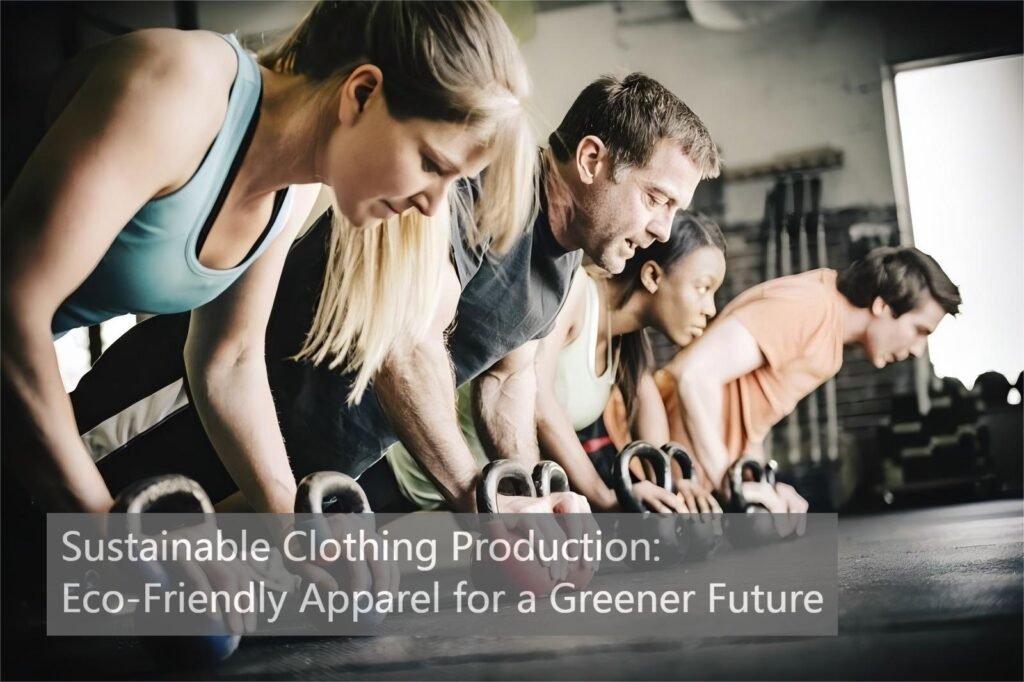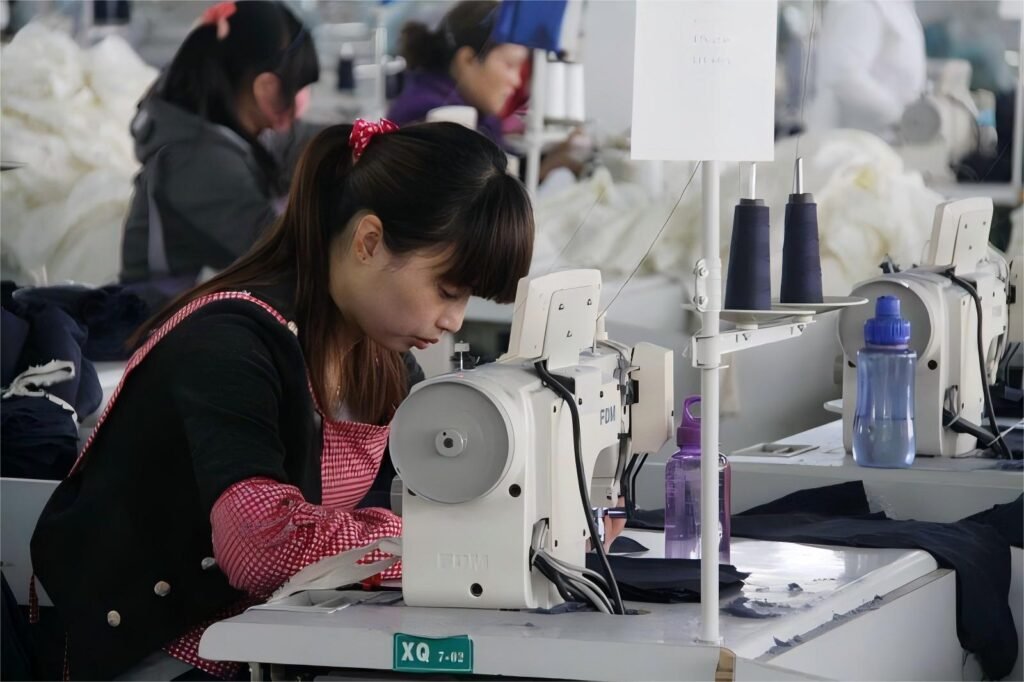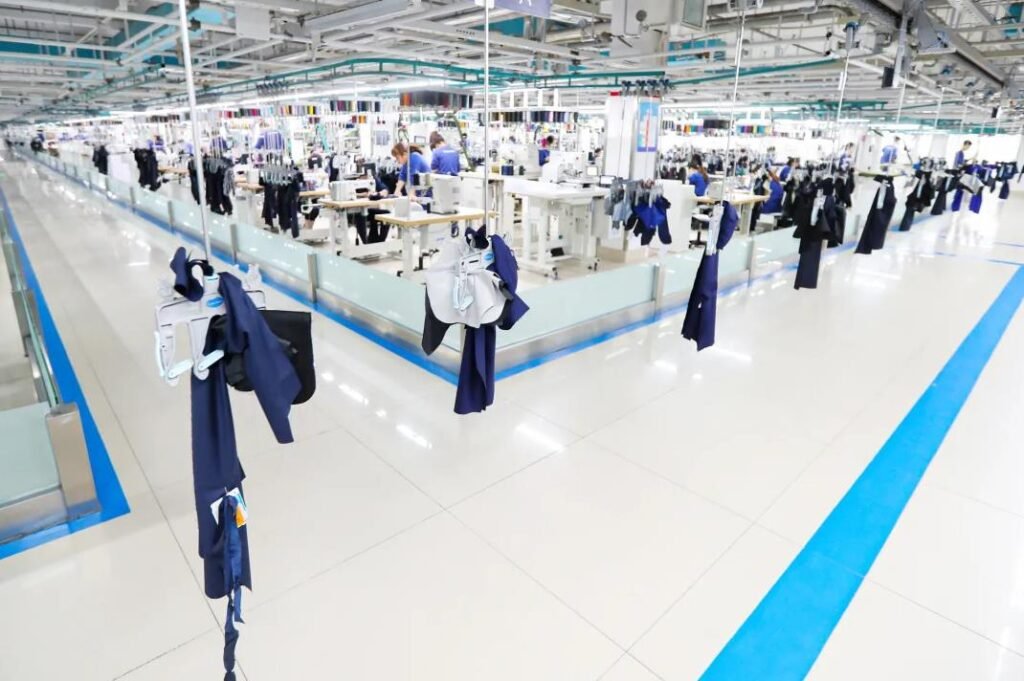No products in the cart.
Custom Yoga Pants
Sustainable Clothing Production: Eco-Friendly Apparel for a Greener Future
Introduction: The Need for Sustainable Clothing Production
In recent years, there has been a growing awareness of the environmental impact of the fashion industry. The production of clothing, particularly fast fashion, has been linked to significant pollution, resource depletion, and social injustices. As a result, there is an urgent need for sustainable clothing production to ensure a greener future.

Understanding Sustainable Fashion: What is it?
Sustainable fashion, also known as eco-fashion or ethical fashion, refers to the production of clothing that takes into account the environmental, social, and economic impacts throughout its lifecycle. It involves using sustainable materials, adopting ethical manufacturing practices, minimizing waste, and promoting fair trade and workers’ rights.
The Environmental Impact of Fast Fashion
Fast fashion, characterized by the rapid production and consumption of cheap clothing, has become a major contributor to environmental degradation. The fashion industry is responsible for 10% of global carbon emissions, more than all international flights and maritime shipping combined. Additionally, it is the second-largest consumer of water and generates vast amounts of waste, including textile waste that ends up in landfills.

Sustainable Materials: Choosing the Right Fabrics
One of the key aspects of sustainable clothing production is the choice of materials. Traditional fabrics like cotton and polyester have significant environmental impacts due to their high water and energy consumption, as well as the use of harmful chemicals. Sustainable alternatives include organic cotton, hemp, linen, and Tencel, which are grown and processed using fewer resources and without the use of toxic chemicals.
The Role of Organic Cotton in Sustainable Clothing Production
Organic cotton is a prime example of a sustainable material. It is grown without the use of synthetic pesticides or fertilizers, reducing water pollution and protecting the health of farmers and surrounding ecosystems. Organic cotton also promotes biodiversity and soil health, making it a more sustainable choice compared to conventional cotton.
Innovative Alternatives: Recycled and Upcycled Materials
Another approach to sustainable clothing production is the use of recycled and upcycled materials. Recycled polyester, for instance, is made from post-consumer plastic bottles and reduces the demand for virgin polyester, which is derived from fossil fuels. Upcycling involves transforming discarded materials into new garments, giving them a new lease on life and reducing waste.
Ethical Manufacturing: Fair Trade and Workers’ Rights
Sustainable clothing production goes beyond materials and extends to the manufacturing process. Ethical manufacturing practices ensure fair wages, safe working conditions, and respect for workers’ rights. Fair trade certification guarantees that workers are paid a fair wage and have access to social benefits, while also promoting community development and environmental sustainability.
Minimizing Waste: Zero-Waste and Circular Fashion
To address the issue of waste, the fashion industry is embracing zero-waste and circular fashion approaches. Zero-waste design aims to eliminate textile waste by utilizing every piece of fabric in the production process. Circular fashion, on the other hand, focuses on creating a closed-loop system where garments are designed to be recycled or biodegradable, reducing the need for new resources.
The Importance of Local Production and Supply Chains
Sustainable clothing production also emphasizes the importance of local production and supply chains. By reducing transportation distances, local production minimizes carbon emissions and supports local economies. It also allows for greater transparency and traceability, ensuring that ethical and sustainable practices are upheld throughout the supply chain.
Sustainable Fashion Brands: Leading the Way
Numerous sustainable fashion brands have emerged in recent years, leading the way towards a greener future. These brands prioritize sustainable materials, ethical manufacturing, and transparent supply chains. Examples include Patagonia, Eileen Fisher, and Stella McCartney, who have demonstrated that fashion can be both stylish and sustainable.

Consumer Choices: Making Sustainable Fashion Decisions
Consumers play a crucial role in driving the demand for sustainable clothing production. By making conscious choices, such as buying from sustainable brands, opting for second-hand or vintage clothing, and taking care of garments to extend their lifespan, individuals can contribute to a greener future. Education and awareness campaigns are also essential in empowering consumers to make informed decisions.
Conclusion: Embracing Sustainable Clothing for a Greener Future
Sustainable clothing production is not just a trend; it is a necessity for a greener future. By understanding the environmental impact of fast fashion, choosing sustainable materials, supporting ethical manufacturing, minimizing waste, promoting local production, and making conscious consumer choices, we can collectively create a more sustainable and ethical fashion industry. It is time to embrace sustainable clothing and pave the way for a greener future.
